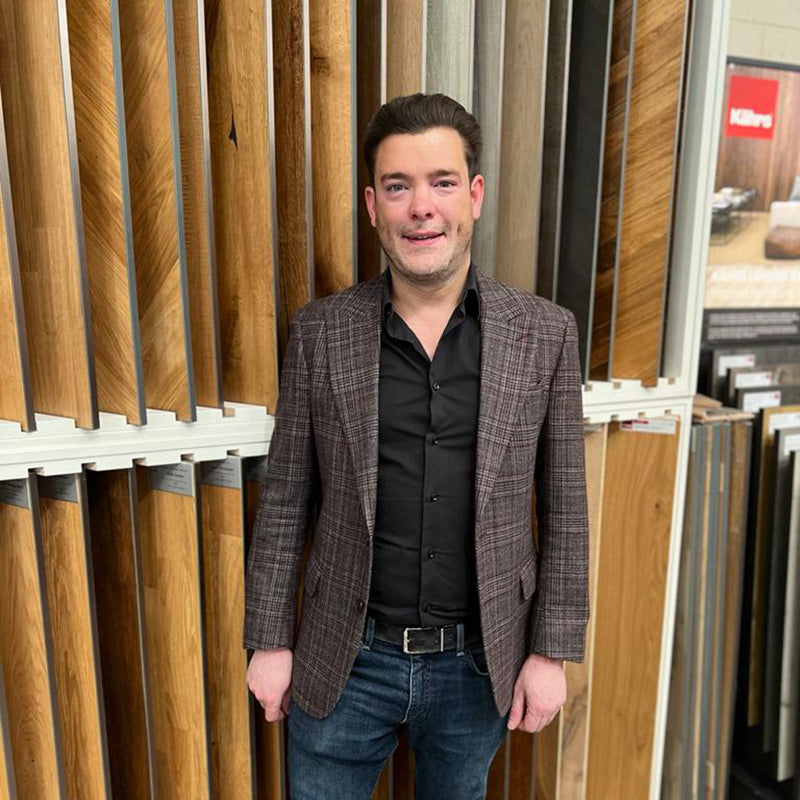Flooring Psychology: What Floor Colours Really Do to a Room
Ask any flooring installer what the hardest part of their job is, and they’ll probably mention logistics—heavy lifting, tight corners, maybe even uneven subfloors. But if you really pressed them? They’d tell you it’s colour. Not the colour itself, but people’s expectations around it.
See, flooring isn’t just something you walk on. It’s the canvas for your entire room. Yet many homeowners pick a floor colour based on a photo, a showroom sample, or worse—a trend they saw on social media. And that’s when things get tricky.
Because colour changes everything. It changes how big a room feels, how warm or cold it comes across, and even the vibe it gives off. Flooring installers know this all too well. They’ve seen rooms go from cosy to clinical with one wrong shade—and they’ve learned to bite their tongue while homeowners wrestle with buyer’s remorse.
So, let’s talk about it. Here’s what flooring pros wish more people knew about the psychology of floor colours—and how to actually use it to your advantage.
Dark Floors
Dark flooring can produce a gorgeous, upscale appearance; choose espresso oak, walnut, or deep greys. It brings drama to a room, grounds it, and looks great in expansive, open spaces.
But here’s the catch: dark floors make rooms feel smaller. They absorb light, which can make compact or poorly-lit spaces feel even more cramped. Installers know this. They’ve watched homeowners fall in love with a dark wood sample, only to realise too late that it makes their living room feel like a cave.
That’s not to say dark floors are a no-go. Just pair them with lighter walls, plenty of natural light, and minimal furniture to keep things balanced.
Light Floors
Conversely, light flooring—pale greys, bleached planks, and blonde wood—reflects light and makes a room feel larger. They work particularly well in houses or smaller spaces with little natural light.
What installers really like about light floors is how forgiving they are. Scratches and dust are less noticeable, and they tend to match a wide range of interiors.
But they’re also honest. Light floors don’t hide much. If you’ve got uneven walls or mismatched furniture, it all shows. They give you that “clean Scandinavian” look, but they require a bit more intention in the rest of your design choices.
Grey Floors
Grey has been the darling of interior design for the past decade. It’s modern, it’s cool, and it matches just about everything—or so people think.
Here’s what installers have learned: grey isn’t just one colour. Some greys have blue undertones. Others lean green or taupe. And once it’s installed, that undertone becomes very obvious—especially against your walls or furniture.
Many a homeowner has chosen a cool-toned grey plank, only to realise it clashes horribly with their “warm neutral” paint. Installers don’t say anything at the time, but they’ve seen this happen a lot. When picking grey flooring, always bring samples into your space and look at them at different times of day before committing.
Natural Wood Tones
Natural woods with mid-tones, such as hickory, oak, or maple, provide a timeless, hospitable vibe. They never go out of style, but they don't shout for attention.
The thing is, these colours aren’t trendy. You won’t find them all over Pinterest or Instagram. So people often skip over them for something flashier. But installers love them because they work. They’re the chameleons of flooring—versatile, flattering, and easy to live with.
Natural tones are definitely worth a look if you want a floor that you won't grow tired of in five years.
Red or Orange Hues
Floors with red or orange undertones (think cherry or some exotic woods) can bring warmth and richness to a space. But they’re bold. And bold colours aren’t for everyone.
Installers know these tones can dominate a room. They contrast with cooler, contemporary palettes, although they frequently go well with earth tones and traditional styles. Balance is crucial in this situation; if you're going for a bold floor, keep the rest of the room basic.
So, What’s the Takeaway?
Your floor's colour sets the ambiance in addition to being a fashion statement. It alters a space's behaviour, feelings, and even how other people see it. Although they might not always speak up, flooring installers have witnessed firsthand how a room can be transformed by the appropriate floor colour and how a room can be let down by a bad one.
Don't base your decision just on what's in style or what looks beautiful in a showroom. Consider your room's lighting, furnishings, and the atmosphere you wish to create when you enter.
Because the truth is, colour speaks. Your floors are saying something—make sure it’s what you want to hear.



